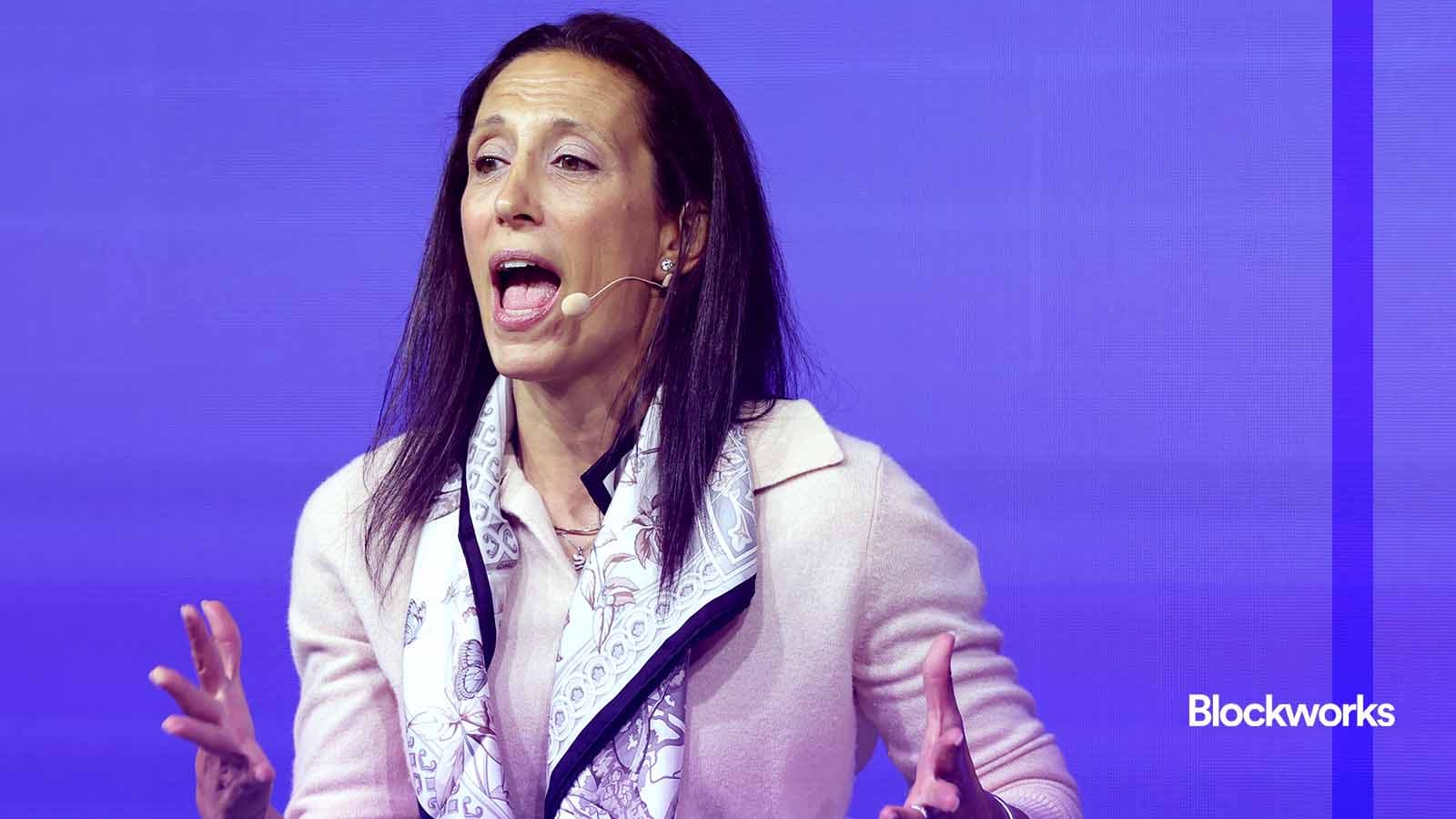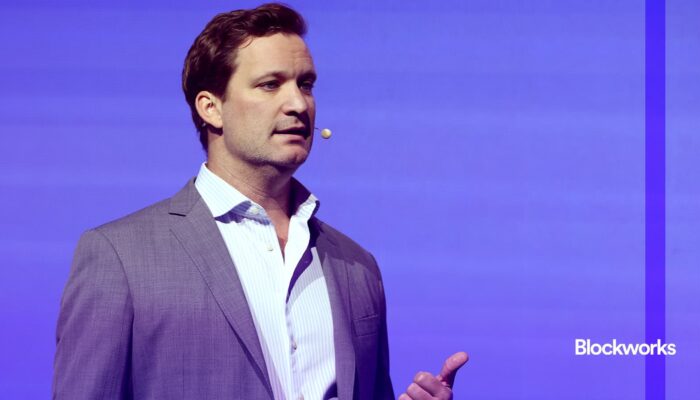This is a segment from the Forward Guidance newsletter. To read full editions, subscribe.
This version of DAS London felt extra timely as stablecoins proliferate, tokenization developments multiply, DATs keep buying their desired tokens and more US crypto ETFs wait in the wings.
Not to mention the latest crypto turbulence, which spurred a historic level of liquidations Friday — making this gathering feel even more fitting, in a way.
Christopher Holmes, a member of the House of Lords, alluded to that “crash” Monday morning, asking the crowd: “How’s everybody’s blood pressure?”
Bitwise CIO Matt Hougan was later asked how much Friday’s activity damaged this crypto cycle. He was resolute in his answer: “Not at all.”
His firm’s main customers are professional investors — family offices, financial advisers and institutions — that he says are driving this cycle by growing their crypto allocations from, let’s say, 0% to 3%. That’s mostly into bitcoin, which remains up ~23% year to date and roughly 6x what it was just three years ago.

“The people driving the market can’t pronounce solana,” Hougan added.
Stablecoins — with a market value just shy of $300 billion — were another big talking point.
Inversion founder Santiago Roel Santos, for example, criticized exchanges upping their max leverage offerings to traders. He warned that the industry best not rely too much on centralized exchanges to acquire users.
“[With] stablecoins in their own right, as a tokenization product, we don’t need to innovate more than that for this industry to be 10x larger and transform businesses,” Santos argued.
Apeiron Investment Group founder Christian Angermayer also addressed stablecoins:
Panelists touched on regulation too.
UK Parliament member Nigel Farage, who seeks to become Britain’s next prime minister, said the vast majority of his colleagues can’t hold a crypto convo.
“You might as well be speaking Swahili to them,” he told Blockworks co-founder Michael Ippolito.
Speaking of regulation, Jito Labs chief legal officer Rebecca Rettig said on the DAS stage she doesn’t expect US market structure legislation to pass this year. She’s eyeing 2026.
“The best thing would be if we stop having regulatory panels two to three years from now, because the lawyers can just be back-office people like we’re supposed to be,” she said to laughter.
Rettig added: “The biggest question is, and will remain to be, what do we do about DeFi?” Regulators want to, after all, hold people/front-ends accountable in that realm; that could slow down market structure clarity.
“It is almost like you’re explaining robots to people or what the future looks like,” she noted. “It’s very hard for financial regulators to believe that things that look so similar to what they know from centralized legislation can actually happen without any human intervention.”
It was DeFi platforms like Aave that operated smoother than various centralized players during what many called the latest “stress test,” Rettig said.
Let’s wrap up this Day 1 recap with a bigger-picture quote from DeFi Development Corp. CEO Joseph Onorati. It’s a theme that seems to sum up most DAS events.
He said he didn’t view his move to running a Nasdaq-listed Solana treasury company as a transition from DeFi to TradFi. Rather, it was just “a natural progression” given regulatory changes, which he said will allow these two systems to keep merging.
“In 20 years…hopefully [finance is] more decentralized than centralized,” Onorati noted. “But there’s just going to be one system in the long run.”
Get the news in your inbox. Explore Blockworks newsletters:
- The Breakdown: Decoding crypto and the markets. Daily.
- 0xResearch: Alpha in your inbox. Think like an analyst.
- Empire: Crypto news and analysis to start your day.
- Forward Guidance: The intersection of crypto, macro and policy.
- The Drop: Apps, games, memes and more.
- Lightspeed: All things Solana.
- Supply Shock: Bitcoin, bitcoin, bitcoin.




